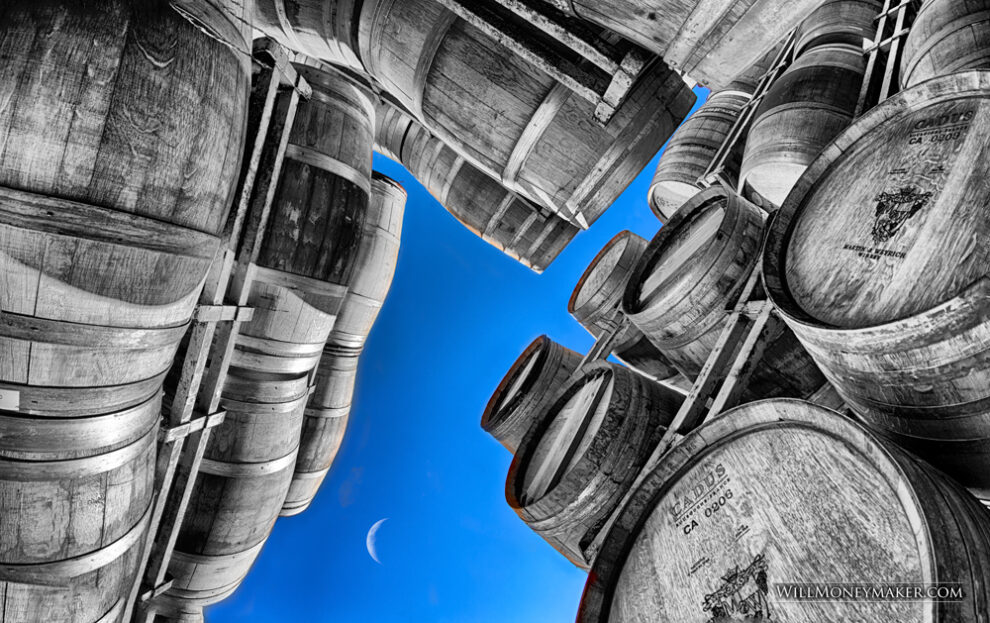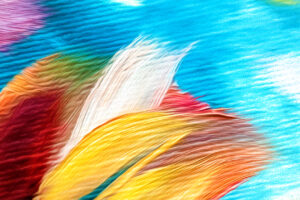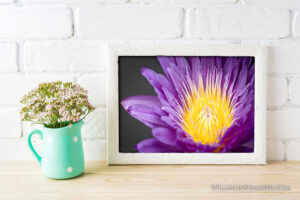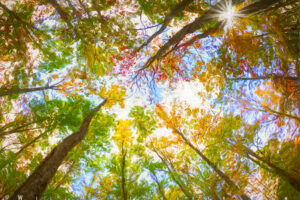Gear elitism is one of those things that absolutely pervades the photographic world. Is it something perpetuated by reviewers, magazines, and advertising? I think that’s a large part of the problem, honestly. But this isn’t about pointing fingers. Rather, it’s about making what you have work for you.
It’s so easy to fall into this trap of gear elitism, too. There are all kinds of myths flying around. For instance, to hear the way some tell it, micro 4/3rds cameras just aren’t capable of taking a good picture at high ISOs. Or the kit lens that comes with your DSLR — that will never do because it’s just not as sharp as a more expensive lens.
These little myths, these viewpoints, are completely missing a fundamental fact about photography. Photography is all about limitations and working around them. If you’re a wildlife photographer, for instance, and you’re out in the forest trying to take pictures of a wild deer, are you going to get a closeup shot of that deer with a 50mm lens? Of course not! He’ll run away long before you get that close. So you have to work around that limitation, instead of using a longer lens that allows you to get that close-up shot from farther away. Maybe you need camouflage so you can hide and wait for the deer to come closer to you.
This applies to anything you photograph. No matter what, there will always be some limitations that you’ll have to workaround.
The same goes for gear. Is it true that a micro 4/3rds camera can’t take quality pictures at high ISOs? No, it isn’t. It is true that cameras with smaller sensors will produce more noise at high ISOs, but if that’s the kind of camera you prefer, then this is a limitation that you can workaround. All it takes is noise removal in your post-processing software.
The same is true of that kit lens. Sure, it may not be as sharp as one that costs several times the price. But you can always come back to this in post-processing, sharpening the image however much you like. Again, it’s a limitation, but photography is full of limitations. As they go, a little bit of sharpening isn’t among the hardest limitations to overcome.
Or what about things like image stabilization? There are some who would have us believe that image stabilization is an absolute necessity for photography. But is it? It’s just an extra feature, one that often adds quite a lot to the cost of the camera or lens, a cost that many photographers may not be able to justify. Especially when most of us already have the workaround for this particular limitation in our gear bags. If you don’t have image stabilization, and you want to shoot at slower shutter speeds where it might be helpful, then use a tripod or monopod to hold the camera steady. It’s easy to get sucked into this belief that the gear you have is inadequate. And that belief can be both demotivating and demoralizing. You could find yourself thinking, why bother taking photographs if they’re just going to turn out substandard because I don’t have the tools to make them great? But that’s the thing to remember. You do have the tools. Even if they’re not the most technologically advanced tools, there is almost always a way to work around those limitations.





